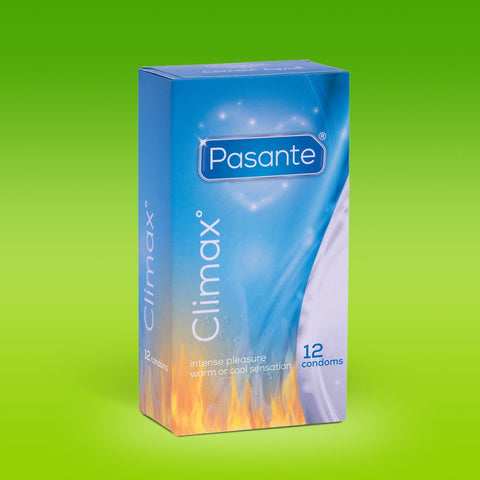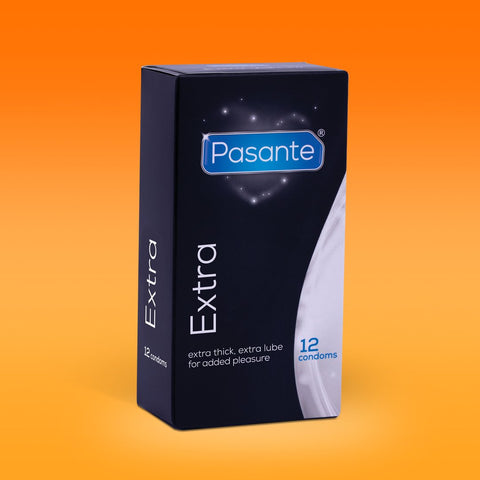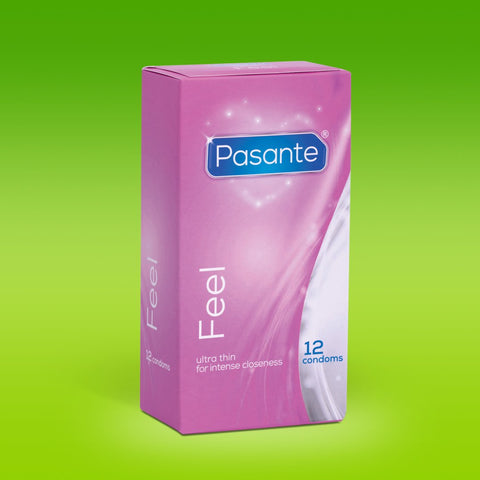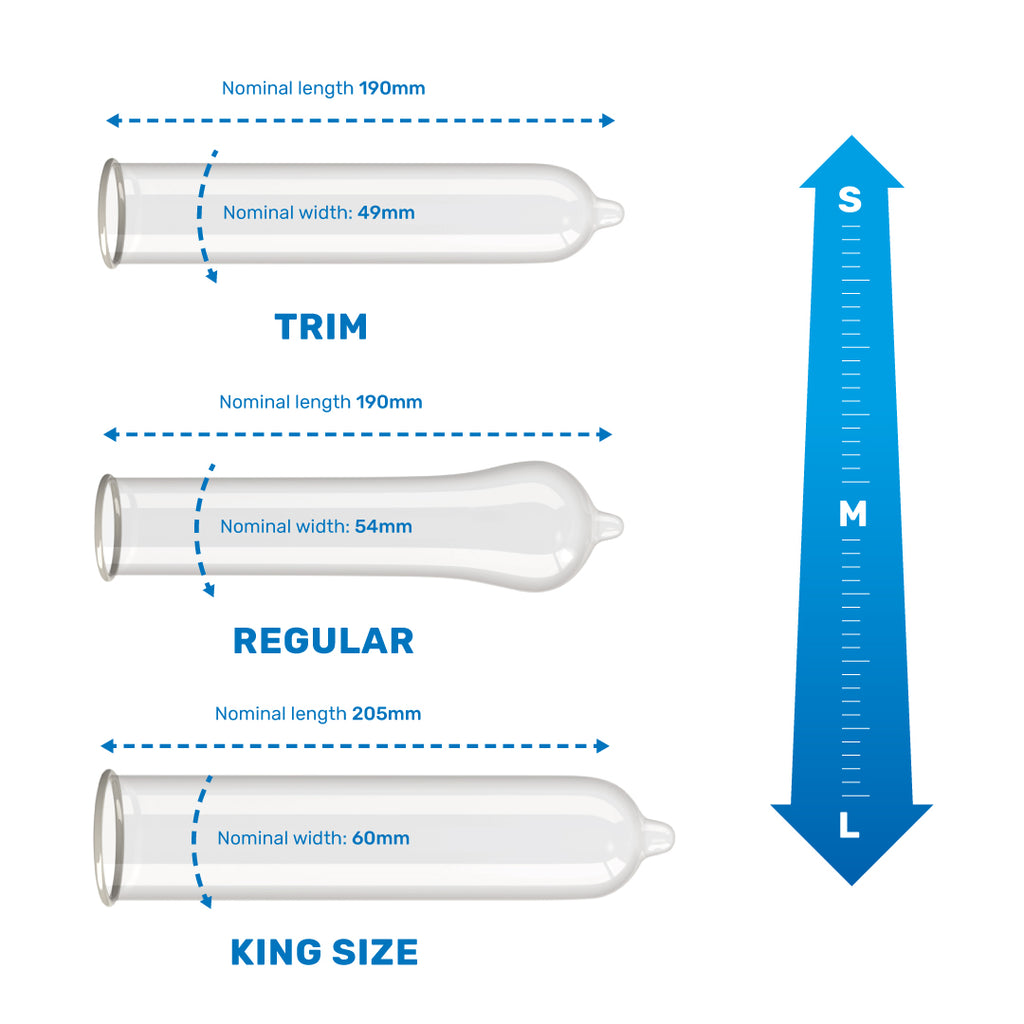
Introducing Internal Condoms
Internal condoms: one of the best-kept secrets of contraception. Made from nitrile and silicone, Internal condoms are one of the only forms of contraception that offers protection against both sexually transmitted infections and pregnancy. While many people are already familiar with other methods of contraception, little is often known about the Internal condom. Therefore, we’ve addressed the most pressing questions: What are internal condoms? How do we use one? And what happens if they break?
What are female condoms?
Internal condoms are a barrier type of contraception that offers dual protection from both sexually transmitted infections and pregnancy. While being 95% effective with perfect use, they have been designed to stop sperm coming into contact with the vagina and preventing any sexual fluid from being transferred.
Latex-free, internal condoms are already pre-lubricated and are safe to use with other types of condom-friendly lubricants. (Never use baby oil or other types of oil as they can damage the condom.)
Internal condoms are also non-hormonal, so are great for people that are unable to take hormonal methods of contraception. They are single-use only, so don’t be tempted to wash it out and re-use!
What size are internal condoms?

How to use an internal condom?
Many people worry about whether they can use an internal condom correctly, but if you can insert a tampon, you’ll more than likely be fine using an internal condom.
All condoms should come with a CE-Mark. This means they have passed the safety standards necessary. While you’re checking for the CE-Mark, also remember to check the expiry date.
- Before using an internal condom, read the instructions sheet that can be found inside the packaging.
- Open the condom wrapper using the easy-tear edges. (Never use your teeth or scissors as this can damage the internal condom or leave a hole in it.)
- Find a comfortable position (just like you would if you were inserting a tampon). Some people like to squat, others like to raise one leg or lie down. You’ll find a way that’s easier for you.
- Make sure the internal condom is the right way around. The smaller inner-ring is the part that goes inside you. The larger outer-ring stays outside your body.
- Squeeze the inner-ring using your thumb and middle finger and gently slide the condom inside of you. Push it in as far as you can while leaving the outer-ring on the outside, close to your vagina.
- The internal condom can now be used. Make sure your partner slides inside the condom and doesn’t accidentally enter the vagina from the side.
- To remove the condom, pinch the outer ring together and twist it around a few times to prevent the sperm from escaping and pull it out gently.
- Wrap it in a paper towel or tissue and discard it in the bin (never throw condoms down the toilet).
- Practice makes perfect. It’s best to practice with one before you have sex, so you can become familiar with them before using it as a form of contraception.
Please note: male condoms and internal condoms should never be used together as the friction can cause a tear in both contraceptives.
Who are internal condoms perfect for?
- Anyone with a latex-allergy
- Anyone sensitive to hormonal methods of contraception
- Anyone wanting to be in control of their own barrier contraception
- Anyone comfortable touching their vagina
- Everyone
What to do if an internal condom breaks?
This very rarely happens if the condom is used correctly, but if the internal condom does break during or after sexual activity, then you can use emergency contraception to prevent pregnancy. You can pick up emergency contraception at your local pharmacy, Contraception and Sexual Health clinic or your GP. It’s also a good idea to take an STI test too as you may have been exposed to an infection when the condom split.
Where can I get internal condoms?
You can order directly from us for a discreet and simple delivery or you can pop along to your local Contraception and Sexual Health Service for a free supply.
Don’t forget!
- Always check the expiry date and make sure the internal condoms holds the CE-Mark.
- Always use the easy-tear slip on the side of the condom. Never use your teeth or scissors.
- Only use condom-friendly lube.
- Single-use only.
Download this blog as a PDF for teaching and learning purposes.






